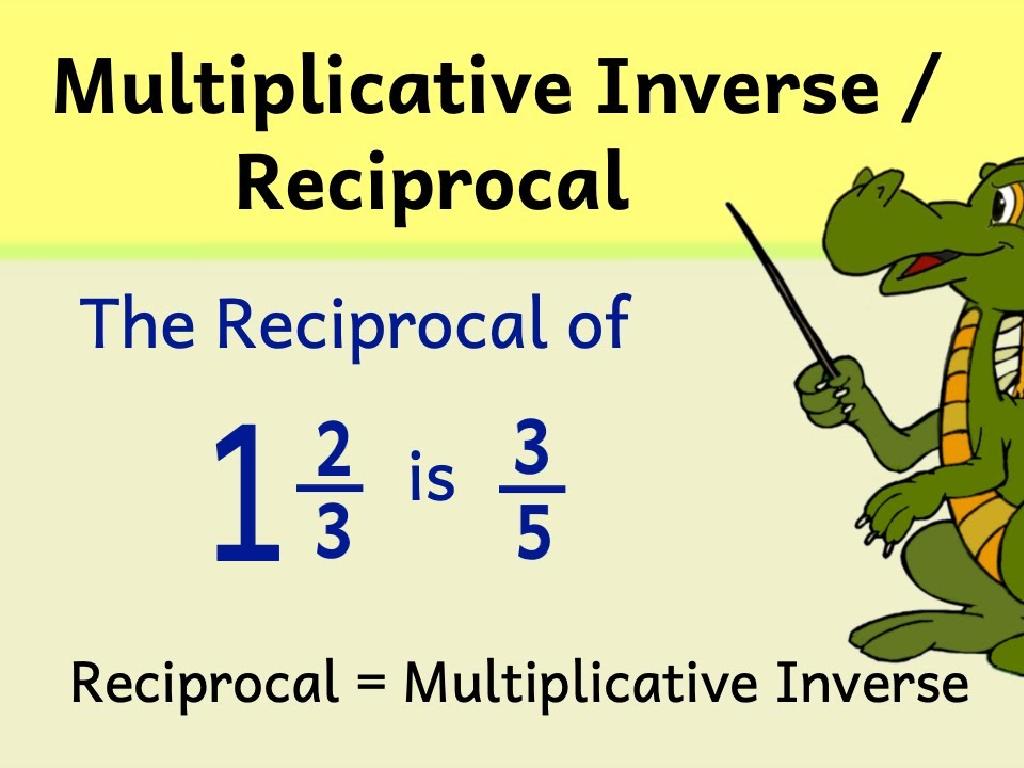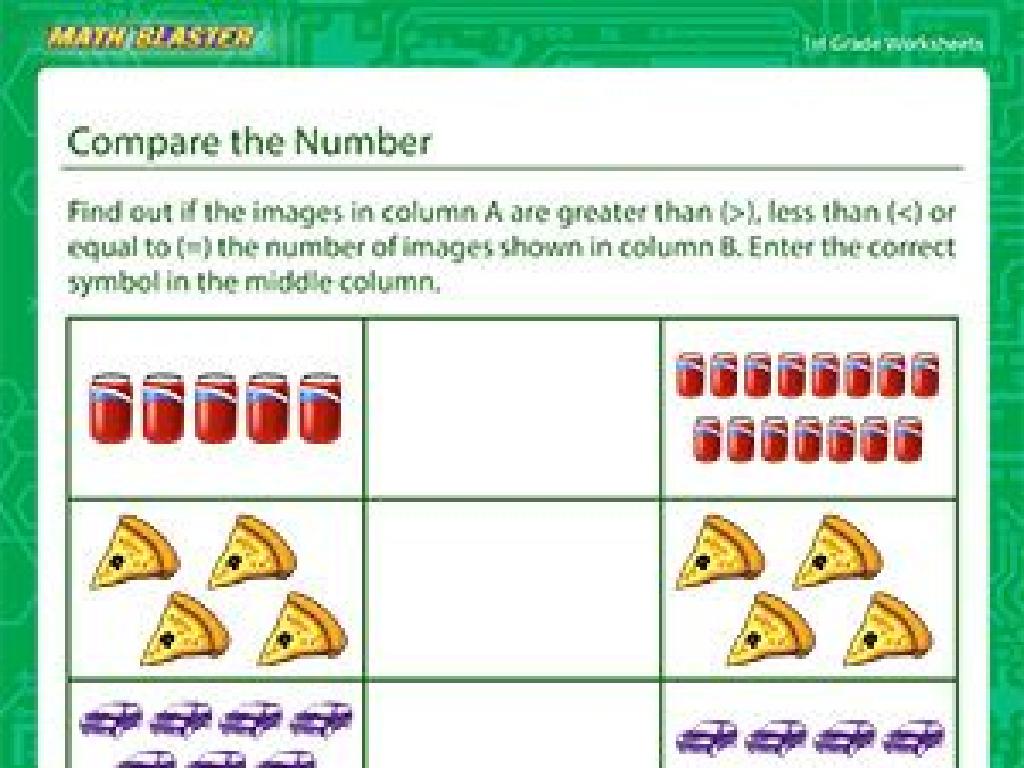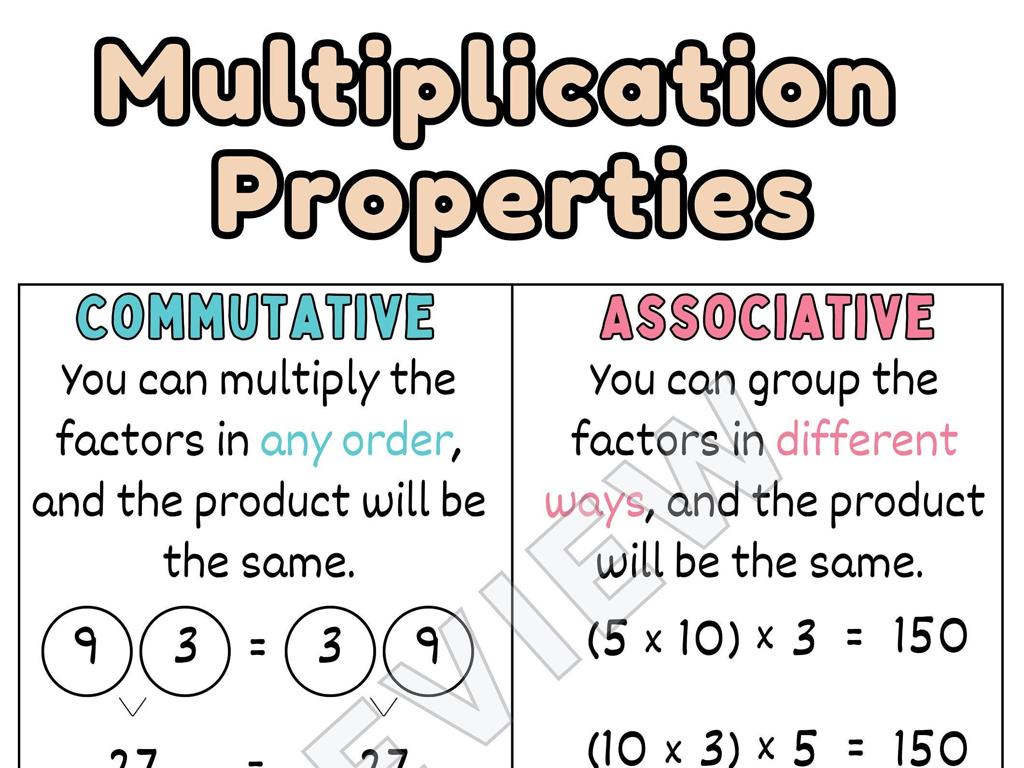The Civil War Era (1844-1877)
Subject: Arts and humanities
Grade: High school
Topic: Us History
Please LOG IN to download the presentation. Access is available to registered users only.
View More Content
Introduction to the Civil War Era
– Overview of the Civil War Era
– A tumultuous period marked by conflict and change between 1844-1877.
– Key factors leading to war
– Economic, social, and political divisions; slavery; states’ rights vs. federal authority.
– Civil War’s impact on modern US
– The war led to the abolition of slavery, reconstruction, and set the stage for future civil rights movements.
– Significance in US history
– Understanding this era is crucial to comprehending the development of American society and government.
|
This slide introduces students to the Civil War era, a pivotal time in American history. It’s essential to discuss the complex causes of the Civil War, including the economic and social disparities between the North and South, the moral and political conflicts over slavery, and the debates over states’ rights. Highlight how the outcomes of the Civil War, particularly the end of slavery and the subsequent period of Reconstruction, have had a lasting impact on the United States, shaping its legal and cultural landscapes. Encourage students to consider how the legacies of this era continue to influence modern American society and politics.
The Antebellum Period: Prelude to Civil War
– America before the Civil War
– Explore daily life, culture, and the economy in pre-war America.
– Antebellum economic, social, political aspects
– Discuss how the economy was divided into industrial North and agricultural South, social norms, and the political climate.
– Slavery’s role in society
– Understand how slavery was intertwined with Southern economy and culture.
– Sectionalism and its impact
– Examine how loyalty to one’s region (North or South) fueled tensions.
|
This slide aims to provide students with a comprehensive understanding of the Antebellum Period, setting the stage for the Civil War. It will cover the various facets of life in America before the war, including the economic differences between the industrialized North and the plantation-based South, the social norms of the time, and the political atmosphere that was increasingly strained by issues such as states’ rights and slavery. The role of slavery as a cornerstone of the Southern economy and a point of moral and political contention will be highlighted, as well as how sectionalism, or the growing divide between North and South, contributed to the onset of the Civil War. Encourage students to consider how these factors might influence a nation’s path to conflict.
Major Events Leading to the Civil War
– The Missouri & 1850 Compromises
– Missouri: admitted as slave state, Maine: free state, 1850: CA as free state, stricter fugitive slave laws
– The Dred Scott Decision
– Supreme Court ruled African Americans were not citizens and had no rights
– John Brown’s Harpers Ferry Raid
– Brown’s attempt to initiate an armed slave revolt in 1859 by taking over a U.S. arsenal
– Impact on Civil War
– These events fueled tensions between the North and South, setting the stage for war
|
This slide aims to highlight the pivotal events that escalated tensions between the North and South, ultimately leading to the Civil War. The Missouri Compromise and the Compromise of 1850 attempted to balance the power between free and slave states but also exposed the deep divisions within the country. The Dred Scott Decision further polarized the nation by denying citizenship and rights to African Americans. John Brown’s raid on Harpers Ferry was a significant event that attempted to start a slave rebellion and further heightened the sense of impending conflict. These events are crucial for students to understand the complex causes of the Civil War and the ideological divides that were present in the United States during this era.
The Civil War (1861-1865): A Nation Divided
– Secession of Southern states
– Triggered by issues like slavery, leading to the Confederacy’s creation.
– Key battles and turning points
– Battles like Gettysburg were pivotal, shifting momentum.
– Abraham Lincoln’s leadership
– Lincoln’s role was crucial, with the Emancipation Proclamation.
– Jefferson Davis and the Confederacy
– Davis led the Confederacy, opposing the Union’s views.
|
This slide aims to provide an overview of the Civil War, focusing on the secession that led to the formation of the Confederacy and the key battles that marked turning points in the war. Highlight the leadership roles of Abraham Lincoln for the Union and Jefferson Davis for the Confederacy. Discuss Lincoln’s strategic decisions, including the issuance of the Emancipation Proclamation, and contrast with Davis’s efforts to maintain the Confederacy. Emphasize the significance of battles like Gettysburg and their impact on the war’s outcome. Encourage students to reflect on how leadership styles and decisions can influence the course of history.
The Emancipation Proclamation: A Turning Point
– Significance of the Proclamation
– It declared freedom for slaves in Confederate states.
– Impact on the Civil War
– It shifted the war’s focus to slavery, gaining Union more support.
– Effects on African American lives
– Freed slaves sought to join the Union army, altering social dynamics.
– Changing the war’s course
– It transformed the Civil War into a fight for human freedom.
|
The Emancipation Proclamation, issued by President Abraham Lincoln on January 1, 1863, was a monumental decree that declared all slaves in Confederate states to be free. Although it did not immediately free all slaves, it was a critical step towards the abolition of slavery and changed the character of the Civil War. By making the abolition of slavery a central goal of the war, it prevented European powers from intervening on behalf of the Confederacy and allowed African Americans to enlist in the Union army, bolstering its numbers and morale. This slide will explore the profound implications of the Emancipation Proclamation on the war and its lasting impact on the lives of African Americans, setting the stage for future civil rights advancements.
The Reconstruction Era: Rebuilding and Reform
– Rebuilding the post-war South
– The South faced economic devastation, infrastructure ruin, and social upheaval.
– Ratification of the 13th, 14th, 15th Amendments
– These amendments abolished slavery, granted citizenship, and protected voting rights respectively.
– Sharecropping’s emergence
– A system where freedmen farmed land owned by others in exchange for a share of the crops.
– Jim Crow laws’ establishment
– Laws enforcing racial segregation and undermining African American rights.
|
This slide aims to provide an overview of the Reconstruction Era, focusing on the significant challenges and changes during the period following the Civil War. Discuss the immense task of rebuilding the South’s economy, society, and infrastructure. Highlight the importance of the 13th, 14th, and 15th Amendments in shaping the legal framework for civil rights. Explain sharecropping as a response to the economic turmoil and the lack of opportunities for freed slaves. Address the rise of Jim Crow laws as a backlash to Reconstruction, leading to a century of institutionalized racism. Encourage students to reflect on the long-term effects of these events on American society.
The Legacy of the Civil War
– Civil War’s impact on modern America
– The war abolished slavery, leading to ongoing civil rights movements.
– War’s influence on society and politics
– The war’s end reshaped power dynamics and policies, affecting governance.
– Civil War in American memory
– How the war is commemorated and its narratives contested.
– Reflection on national identity
– Examining how the war’s history has molded American values and beliefs.
|
This slide aims to explore the enduring effects of the Civil War on contemporary American life. It’s crucial to highlight the war’s role in ending slavery and its direct link to the civil rights movements that continue to this day. Discuss the war’s lasting influence on American society and politics, particularly in terms of federal versus state power and civil liberties. Reflect on how the Civil War is remembered through monuments, museums, and education, and how it has become a part of the national identity, often with differing perspectives based on regional and cultural lines. Encourage students to think critically about how the Civil War era has shaped the nation’s values, beliefs, and its path towards a more inclusive democracy.
Class Activity: Debating Reconstruction
– Divide into North vs. South groups
– Debate Reconstruction outcomes
– Use evidence from today’s lesson
– Consider economic, social, political changes
– Reflect on historical perspectives
– Understand each side’s historical context and consequences
|
This activity aims to engage students in a debate to explore the complex successes and failures of the Reconstruction era. By dividing the class into two groups representing the North and the South, students will gain a deeper understanding of the differing perspectives on Reconstruction. Encourage them to use evidence from today’s lesson, focusing on economic, social, and political changes during the period. This will help them construct informed arguments. Provide guidance on respectful debating techniques and ensure that each group understands the historical context of their position. Possible activities include role-playing as historical figures, creating visual aids to support arguments, and writing a reflective piece after the debate to summarize their learning and insights.






